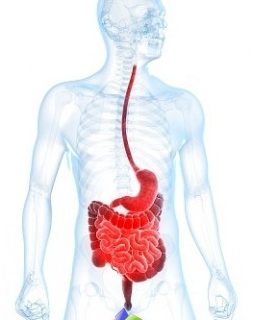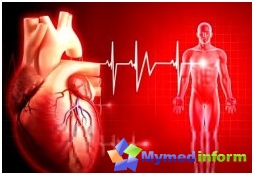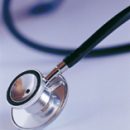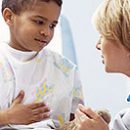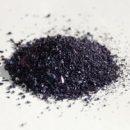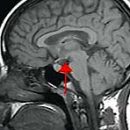Malaria was almost completely liquidated in the countries of the former USSR almost sixty years ago. However, today she again became relevant and we. Migrants will be captured, as well as our compatriots traveling in exotic countries. And since in our country cases of infection are single, then doctors cannot properly diagnose the disease in time, which can lead to deplorable results. Most deaths occur at the return home. Therefore, the problem of malaria prevention, as well as early detection and proper treatment of the disease is very relevant today. MPS will tell you how to avoid infection, to see the symptoms of malaria in time to start timely treatment.
A bit of history
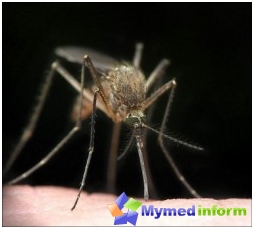
It is believed that malaria existed fifty thousand years ago, and her homeland is called Africa. Genetic studies indicate that the ancestors of the plasmodium were capable of photosynthesis. After time, they began to parasitize in the intestines of invertebrates living in the aquatic environment. Also these organisms could live in the larvae of bloodsowing insects. The simplest were able to continue their cycle, as they gained the opportunity to have two owners. When people appeared on Earth, malaria parasites continued their development. The first mentions of fever are dating about 2,700 to our era in Chinese chronicles.
The malaria pathogen itself is a malaria plasma, opened the scientist Laveron in 1880, which made a statement that the only carrier of the disease is the mosquitoes of the genus Anopheles. Soon, powerful preparations aimed at combating mosquitoes. Already in 1960, in the countries of the USSR, the disease was completely defeated. However, in Western and Central Africa, where malaria plasmodium has favorable conditions for breeding, the disease is developing rapidly.
Cases of malaria and in our country. Mostly, the disease will be convinced by tourists after visiting the regions such as malaria, as well as migrants and refugees.
As the infection occurs
The disease in humans develops after the bite of female mosquito anopheles, infected with the malaria causative agent. Malyary plasmodium settle in liver cells, after which its reproduction begins. After some time, microorganisms again fall into the blood. Now they are introduced into red blood cells, where their development and reproduction also occurs. It is at this time that clinical signs of illness manifest.
Major symptoms of malaria

In this form of malaria, fever attacks occur mainly in the evening, and the duration of the disease can last from four to eight years.
Such a number of symptoms in tropical malaria is quite often the cause of incorrect diagnoses.
Duration of the disease - from six months to a year.
People who face this type of malaria may arise complications in the form of a malaria coma. Such a form of illness develops very quickly and ends with a deep komoy - almost 100% of deaths with death.
Treatment of malaria
First of all, patients with malaria must be immediately hospitalized. With proper and timely treatment, you can minimize the harm to the health of the patient.
Depending on the species of the disease, various types of treatment are applied. The most common preparation for the treatment of malaria is still the Cinene. Priahin and Hinocide are also used to destroy the pathogens of the infection. Also to reduce the toxic effects of plasmodium on the patient's body, use intravenous fluid injection - hemosorption and hemodialysis.
Preventive malaria measures

To date, a number of preventive measures have been developed to reduce the risk of human infection:
- medications. Apply to date for the treatment of disease, can be used in preventive purposes. The dosage of drugs is significantly less than in treatment and is usually recommended to people who plan to visit regions in which there is a risk for infection. Drugs are accepted throughout their stay, as well as within a month after departure. Remember that antimalarial drugs must be taken only after consulting a specialist;
- Timely treatment of people infected with malaria;
- Use of anti-organic grids, repellents, protective clothing.



